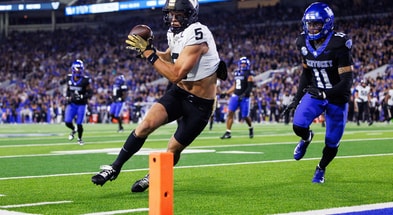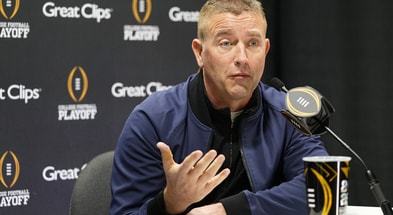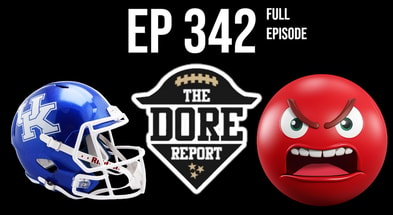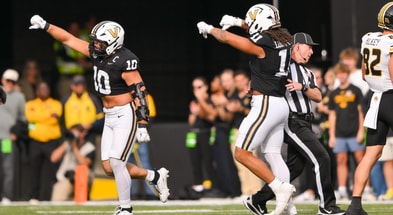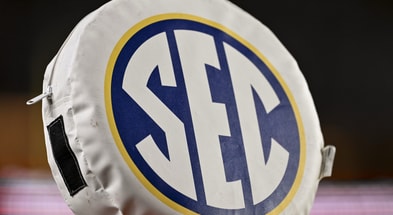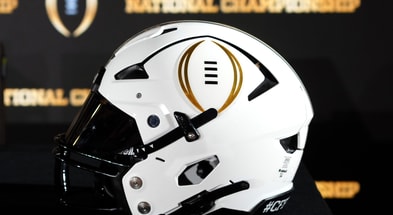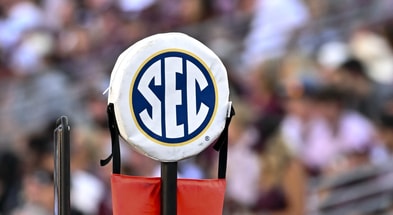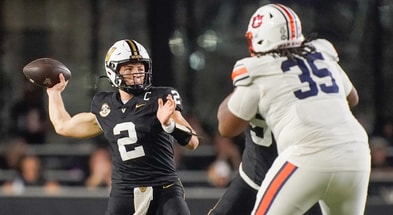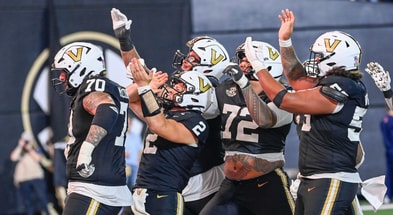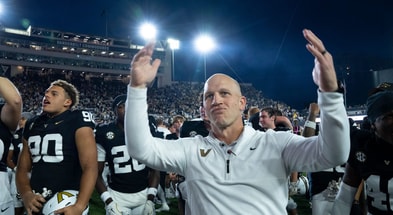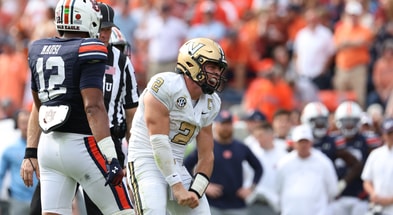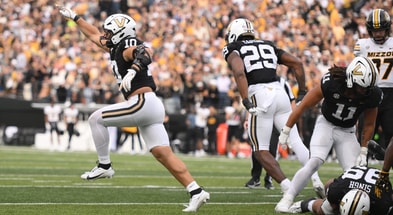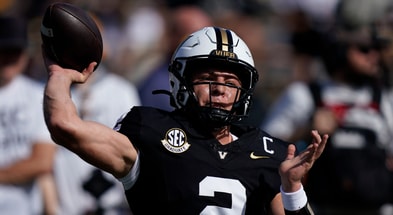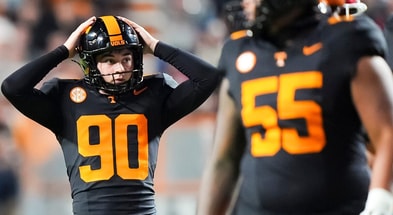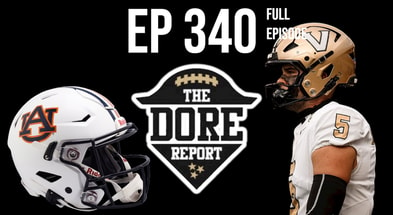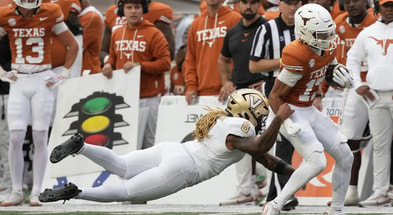Preview: No. 16 Vanderbilt vs. No. 10 Alabama
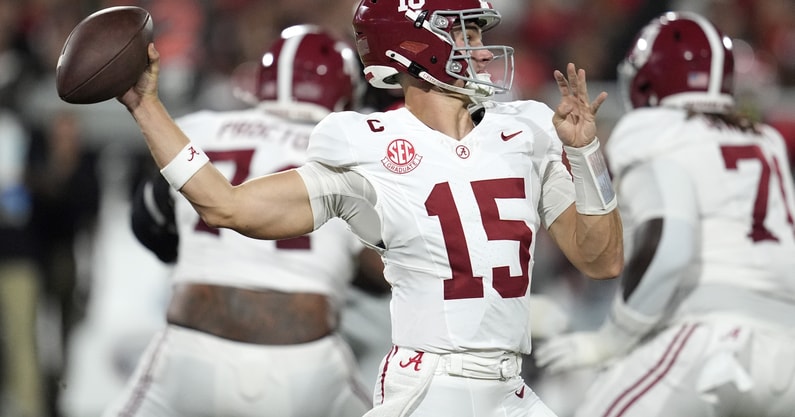
Vanderbilt enters its SEC showdown with Alabama carrying statistical credentials that are among the nation’s best. The Commodores rank seventh nationally in net EPA per play at +0.40 and boast the No. 4 offense in the country. They have combined explosive passing efficiency with a surprisingly dominant ground attack, making them one of the most balanced units in college football. Alabama, meanwhile, remains Alabama, ranked 19th in net EPA per play at +0.28 and boasting the No. 10 offense nationally, but the advanced numbers suggest this meeting could be more competitive than many expected in August.
The most intriguing battle will come when Vanderbilt’s offense takes the field against Alabama’s defense. Vanderbilt produces +0.36 EPA per play, fourth best in the country, and sits second nationally in overall success rate at 54.7 percent. Both their passing and rushing games have been highly efficient, with the Commodores averaging +0.46 EPA per pass and +0.27 EPA per rush. Alabama’s defense, ranked 43rd in EPA per play allowed, has been respectable against the pass but vulnerable on the ground, sitting 67th in rushing defense efficiency. Perhaps most importantly, Vanderbilt is converting over 60 percent of its third and fourth downs, while Alabama ranks just 92nd nationally at getting stops in those situations. If the Commodores can continue to extend drives, they may be able to put Alabama’s defensive depth under pressure.
On the other side of the ball, however, Alabama holds a clear advantage. The Crimson Tide’s passing attack has been among the nation’s most effective, ranking 10th in EPA per pass at +0.39. Vanderbilt’s secondary, meanwhile, has been a weak spot, ranking 88th in the country and allowing positive value plays through the air. Alabama is less threatening on the ground, with one of the lowest rushing success rates in the country at just 33 percent. Still, Vanderbilt’s run defense is a relative strength, ranking sixth nationally in EPA allowed per rush. The Tide will almost certainly lean heavily on the passing game to create separation.
The game may ultimately be decided by situational football. Both teams are excellent on third down offensively: Vanderbilt converts 60.8 percent of its opportunities, while Alabama moves the chains on 57.1 percent. Both defenses, however, lag in this area, meaning long drives and sustained possessions could become the theme of the evening. Field position also tilts toward Vanderbilt, which ranks ninth nationally in net field position at +7.2 yards, compared to Alabama’s 78th-place ranking at just +0.5. Hidden yardage in special teams and turnovers could become a deciding factor.
All of this sets up a fascinating contrast in styles. Vanderbilt thrives on efficiency, balance, and field position. Alabama’s edge comes from its high-level passing attack, which matches up against Vanderbilt’s weakest link. Suppose the Commodores can limit explosive plays through the air and continue to churn out efficient drives on offense. In that case, they will put themselves in a position to push Alabama deeper into the fourth quarter.
Still, Alabama’s ability to strike quickly through the passing game remains the most significant x-factor. For Vanderbilt, the challenge is turning its statistical profile into tangible results against a roster loaded with blue-chip talent. For Alabama, the goal is to overwhelm Vanderbilt’s secondary and remind the SEC that they remain one of the most dangerous teams in the country.
The outcome will likely hinge on red-zone execution and whether Vanderbilt can trade touchdowns for Alabama’s big plays instead of settling for field goals. Expect long, methodical Commodore possessions matched against quick-strike Crimson Tide drives, with momentum potentially swinging on a single turnover or blown coverage.




